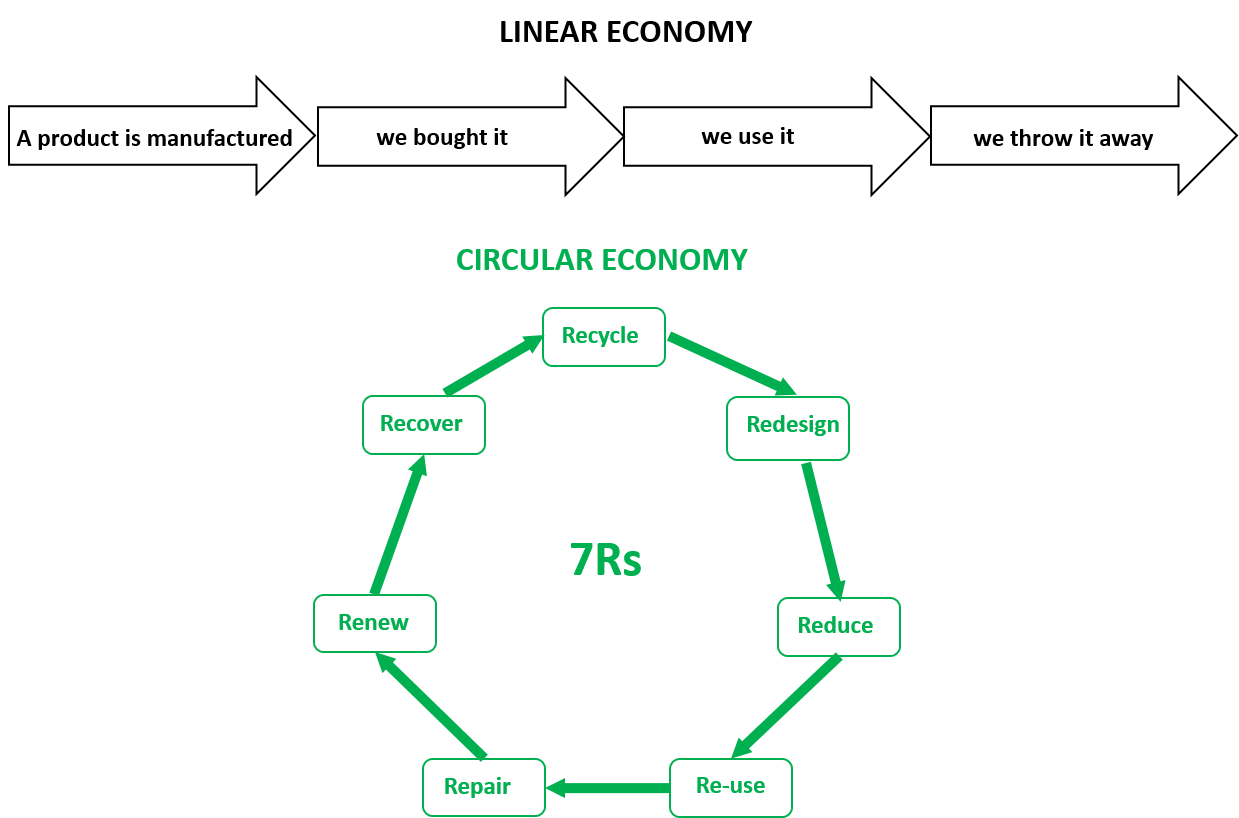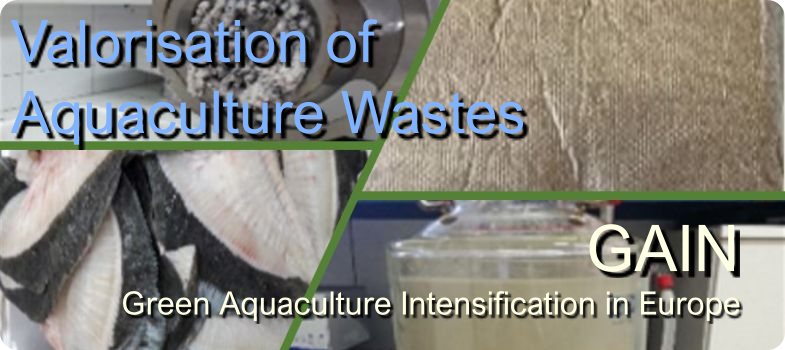What is a circular economy?
A circular economy is a new system or model, both productive and social, and of consumption, which aims to produce goods and services while reducing consumption and waste of feedstocks, energy, and water sources. In contrast to the linear economy, ruthlessly exploited in the last decades, in which once a product is manufactured and used, it is finally thrown away when it ceases to provide the service for which it is intended, a circular economy tries to turn waste into new feedstocks useful for the generation of valuable new products or even a new life for the old products (Figure 1). Contrary to the 'use and throw away' principle, the life cycle of products is extended thanks to the circular economy approach that facilitates recycle, redesign, reduce, re-use, repair, renew and recovering obsolete products (7Rs concept).

Figure 1. Comparison between linear and circular economy
With the current production model, we are depleting our natural resources, so the circular economy proposes a new model of society; one more respectful of the environment, which uses and optimises wastes and materials, giving them a second life. Transferring this concept to the problem of food waste, including aquaculture ones, four of the 7Rs are actually important:
1) to reduce the volume of residual biomass using more efficient processes of food production
2) to re-use, as much as possible, food by-products in simplest new preparations
3) to recycle and recover valuable products and compounds using valorisation processes according to a sustainable and integral approach (biorefinery concept).
